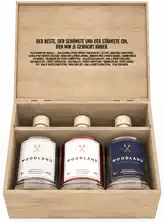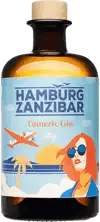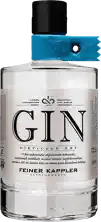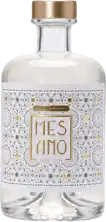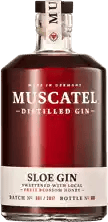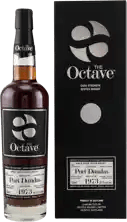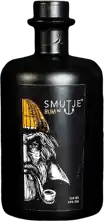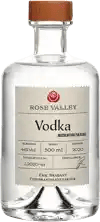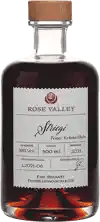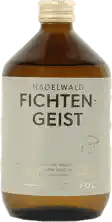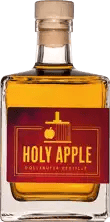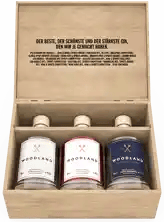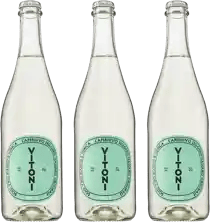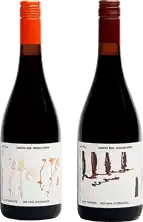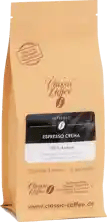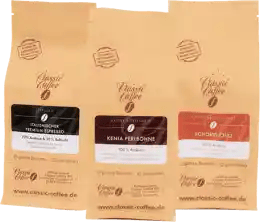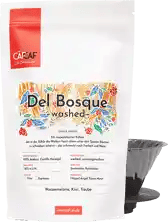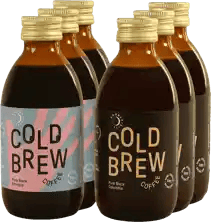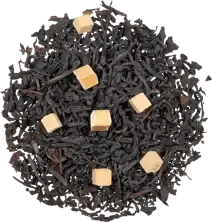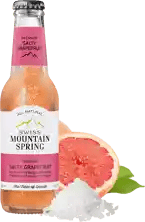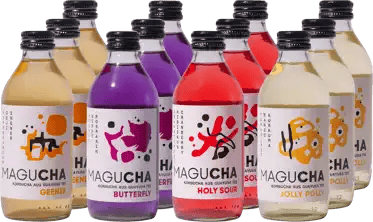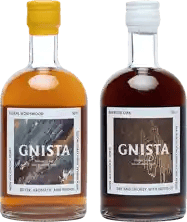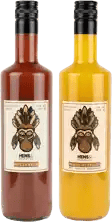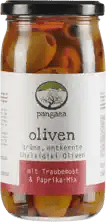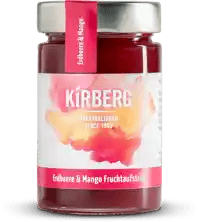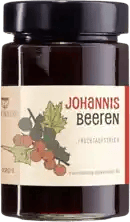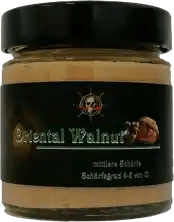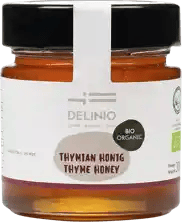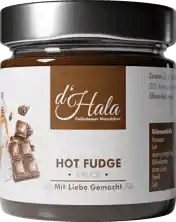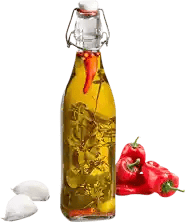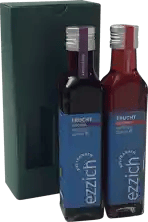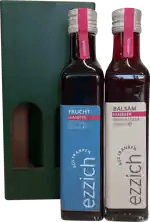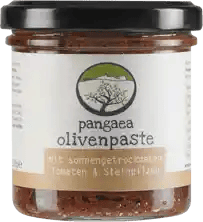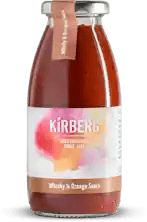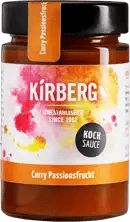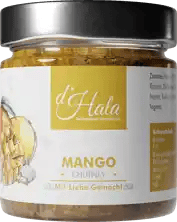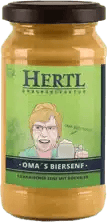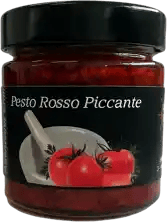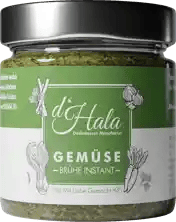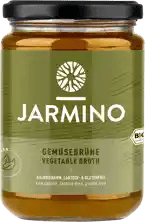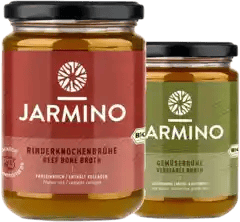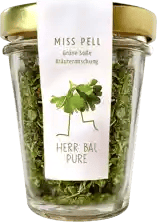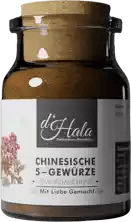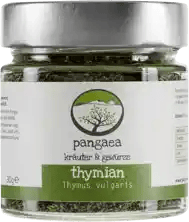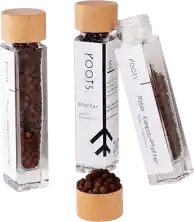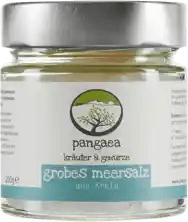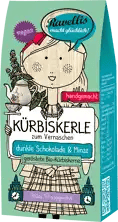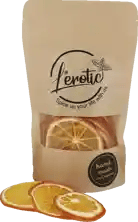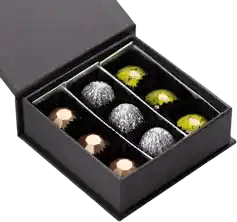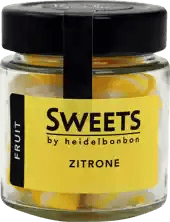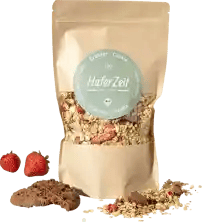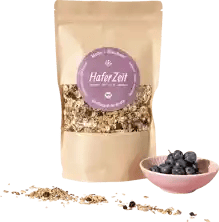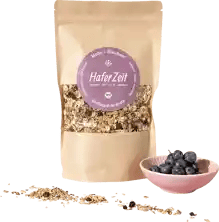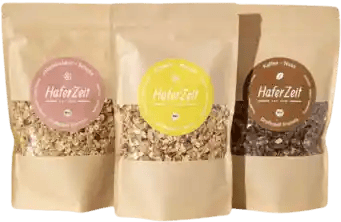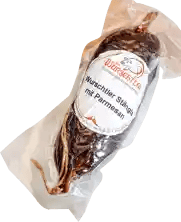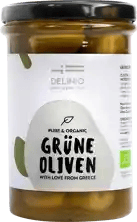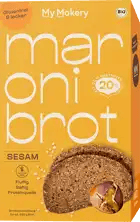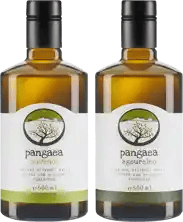Quality instead of quantity!
7,000 independent products
No mainstream
7,000 independent products
Aperitifs and bitters: an overview
Aperitifs and bitters are important components in the world of spirits and mixed drinks. Both have their own unique properties and uses, but contribute significantly to the variety and sophistication of cocktails. Here you can find out more about their differences, similarities and how to enjoy them.
What are aperitifs?
Aperitifs are drinks that are served before a meal to stimulate the appetite. They are usually light and refreshing and can be alcoholic or non-alcoholic. Popular aperitifs include Vermouth, Lillet and Aperol. These drinks are characterized by a pleasant bitterness and often a slight sweetness that prepares the palate for the meal to come.
The history of aperitifs
The tradition of aperitifs has its roots in ancient Rome, where light wines and herbal drinks were enjoyed before meals. In the Middle Ages, similar drinks were used as medicinal tinctures to aid digestion. In the 19th century, aperitifs gained popularity in France and Italy, where they were served in chic bars and cafés. In cities such as Paris and Turin in particular, a lively aperitif culture developed that continues to this day.
Famous aperitifs and their uses
The best-known aperitifs include Vermouth, Campari and Pastis. Vermouth is a flavored wine that is mixed with herbs and spices and is available in different styles such as dry or sweet. Campari, with its distinctive red color and bitter note, is the basis for classic cocktails such as the Negroni. Pastis, an aniseed schnapps, is traditionally diluted with water and is particularly popular in the south of France.
These aperitifs can be enjoyed neat, on ice or as part of classic cocktails. The variety of aperitifs makes it possible to find the right drink for every taste. A well-made aperitif can refresh the palate and stimulate the senses, ideal for the start of a successful evening.
What are bitters?
Bitters are highly concentrated alcoholic liquids infused with herbs, roots and spices. They are mainly used as a flavoring additive in cocktails and are only added in small quantities. Angostura Bitters, Peychaud's Bitters and Orange Bitters are some of the best-known varieties.
The history of bitters
Bitters were originally developed in the 18th century as medicinal tinctures. Doctors prescribed them to alleviate stomach complaints and other health problems. Over time, they found their way into cocktail culture, where they were used to enhance drinks.
In the USA in particular, bitters experienced a boom in the 19th century when they were used in famous cocktails such as the Old Fashioned and the Manhattan. Today, they are an indispensable part of any well-stocked bar.
Use of bitters in cocktails
Bitters are the secret stars of many classic cocktails such as the Old Fashioned, Manhattan and Sazerac. A few drops are enough to intensify the flavors of a drink and give it depth.
Angostura bitters, with their spicy and slightly bitter taste, are probably the best known and most widely used bitters. Peychaud's Bitters, with a distinctive aniseed note, are essential for the Sazerac. Orange bitters add a citrus complexity that is appreciated in many Martini recipes.
Bitters can also be used in non-alcoholic drinks to add interesting flavor notes. They are versatile and can significantly change the flavor profile of a drink, even when used in small amounts. By experimenting with different bitters, bartenders and cocktail lovers can discover new and exciting flavor combinations.
Similarities and differences between aperitifs and bitters
Although both aperitifs and bitters are used to enhance the flavor of drinks, they differ in their application and profile.
Aperitifs are enjoyed neat or in cocktails in larger quantities, while bitters are highly concentrated and used sparingly. Both often contain a blend of herbs and spices, but while aperitifs are often sweeter and lighter, bitters are intense and complex.
Similarities
Both aperitifs and bitters play an important role in cocktail culture. Both can significantly improve the taste of a drink and give it a special touch. In addition, both come from historical traditions and have medicinal roots.
Differences
The main difference lies in their use: Aperitifs are drunk before meals to stimulate the appetite, while bitters are used as a flavor enhancer in cocktails. Aperitifs can be enjoyed in larger quantities, while bitters are only dosed in small drops. The flavor profiles also vary greatly, from light and refreshing for aperitifs to intense and aromatic for bitters.
Discover the world of aperitifs and bitters
Whether you want to enjoy a refreshing aperitif before a meal or a complex cocktail with bitters, the variety of these drinks offers countless possibilities. Experiment with different brands and recipes to discover the world of aperitifs and bitters in all its richness. Enjoy the flavors and history in every glass.
Brilliant!

Bitte bestätige deine Anmeldung noch eben - du hast eine Bestätigungsmail von uns. Klicke darin auf den Link. Danach bekommst du deinen Rabattgutschein.


